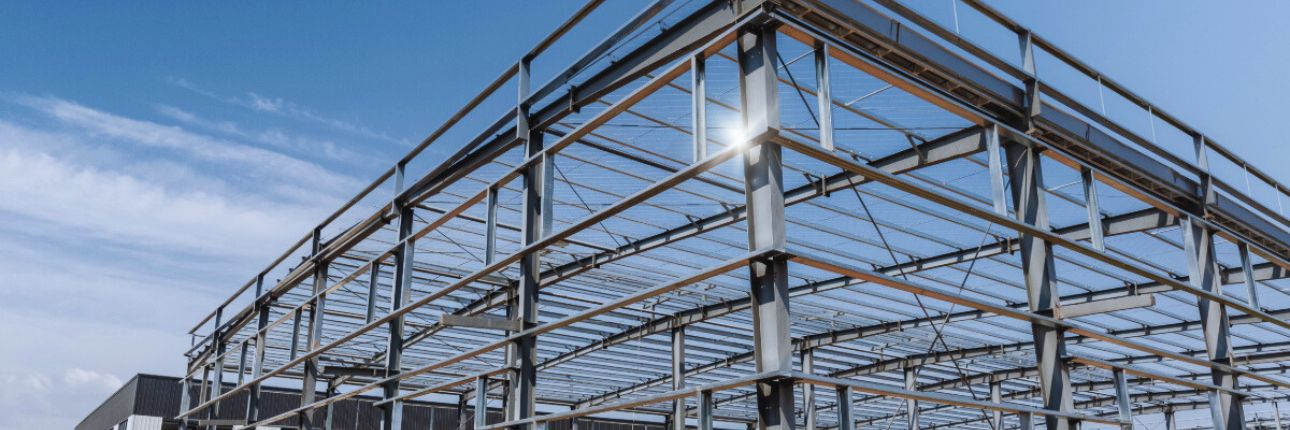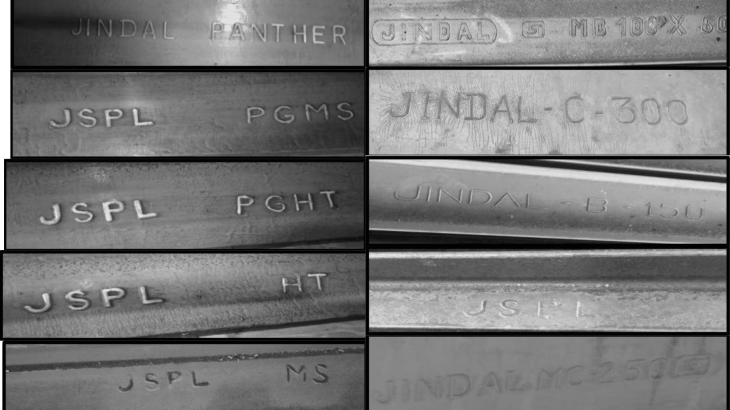
In the midst of a construction revolution fuelled by innovation and sustainability, structural steel stands as a key player in shaping the future of the industry. With its intrinsic properties and adaptability, this versatile material is making remarkable contributions to the evolution of construction practices.
Prefabrication and Modular Construction: Streamlining the Process
Structural steel is seamlessly aligning with the rising trend of prefabrication and modular construction. The precision achieved through off-site fabrication accelerates on-site assembly, reducing labour costs and minimizing disruptions to local communities. By treating prefabricated steel components as building blocks, the construction process becomes more efficient, ultimately shortening project timelines.
Embracing Sustainable Building Practices
In an era where environmental consciousness takes centre stage, structural steel is gaining prominence due to its eco-friendly attributes. Steel is highly recyclable, often containing a significant portion of recycled content in construction applications. The ability to recycle and reuse steel not only conserves valuable natural resources but also significantly reduces waste and energy consumption, thus promoting sustainable building practices.
Integration of Technology: Precision Engineering
Structural steel is fully embracing the integration of technological advancements, leading to increased construction accuracy and efficiency. The fusion of Building Information Modelling (BIM) with steel fabrication and erection enables meticulous planning and coordination even before construction commences. This synergy translates to reduced errors, material wastage, and the need for rework, ultimately resulting in cost savings and on-time project completion.
Resilience in Extreme Conditions: Defying Nature’s Challenges
As climate change triggers more frequent and severe weather events, the demand for resilient structures is on the rise. Structural steel’s inherent durability and strength make it a natural choice for designing buildings that can withstand extreme conditions like hurricanes, floods, and wildfires. Architects and engineers are harnessing steel’s properties to create disaster-resistant structures prioritizing the safety of occupants.
Hybrid and Composite Structures: Innovating with Materials
Structural steel is transcending its isolated usage and forging dynamic partnerships with other materials. The emergence of hybrid structures, which combine steel with materials like concrete and timber, presents a novel solution that optimizes the strengths of each material. These combinations offer a unique blend of strength, flexibility, and aesthetics, ushering in new possibilities in architectural design.
Digital Fabrication and 3D Printing: Pushing Boundaries
As the realm of digital fabrication and 3D printing expands, structural steel is finding its niche in this innovative landscape. Advanced techniques enable the fabrication of steel components with remarkable precision using robotic technology. This heightened accuracy opens doors to executing complex designs that were once deemed challenging, thereby pushing the boundaries of architectural expression.
Urbanisation and Vertical Expansion: Adapting to New Realities
In a world where urban centres grow denser and land becomes scarcer, vertical expansion is a necessity. Structural steel’s lightweight nature and high strength-to-weight ratio make it an ideal candidate for adding floors to existing buildings or creating new vertical spaces. This adaptability supports the growing need for urbanization without compromising structural integrity.
Structural Steel Applications in Construction: Building the Future
- Skyscrapers that Touch the Sky: Iconic skyscrapers like the Empire State Building and the Burj Khalifa owe their soaring heights to structural steel. Its ability to bear heavy loads while maintaining structural integrity is crucial for these towering marvels.
- Bridging Distances with Steel: From graceful arches to modern suspension wonders, bridges rely on structural steel’s high strength-to-weight ratio. This material allows for the creation of long spans without compromising stability.
- Industrial Complexes and Warehouses: Industrial buildings demand robust structures to house heavy machinery. Structural steel’s durability, resistance to fire and corrosion, and customizability make it an ideal choice for warehouses and factories.
- Architectural Marvels: Structural steel’s adaptability lets architects turn imaginative designs into reality. It can be moulded into various shapes, allowing for the creation of captivating architectural forms.
- Residential Wonders: Structural steel’s strength and durability are finding their way into residential construction. Open layouts, large windows, and innovative designs are made possible by steel’s attributes.
- Seismic Resilience: In earthquake-prone regions, structural steel provides seismic resilience by absorbing and dissipating energy, ensuring the safety of occupants and protecting property.
As we look to the future, structural steel’s journey in construction is far from over. Its influence is expanding, underpinning the industry’s transformation towards more sustainable, efficient, and resilient practices. From its role in sustainable building to its integration with cutting-edge technology, structural steel remains an essential element in shaping innovative structures that mirror our evolving needs and aspirations. At JSP Structurals, we specialize in manufacturing high-strength steel sections like angels, channels, beams, columns, and sheet piles, all perfectly suited for world-class construction. So, whether it’s soaring skyscrapers or resilient bridges, structural steel stands tall, crafting the blueprint for the future of construction.

